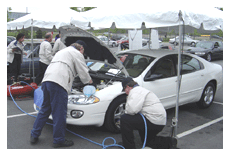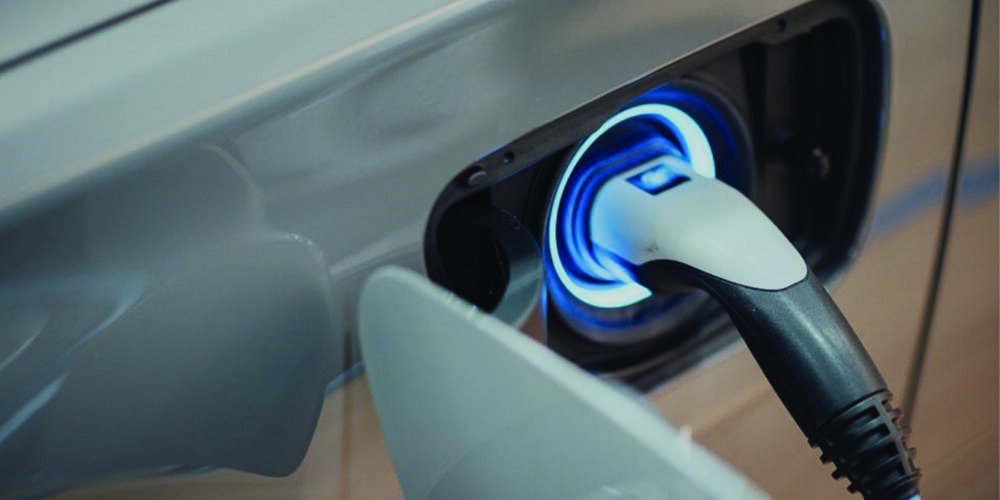Consumers are hungry for information on how they can make their vehicles more fuel efficient and environmentally friendly.
Never before has there been a better time to get on board the “Be Car Care Aware” (BCCA) consumer education campaign. On the occasion of the campaign’s fifth anniversary, AAIA commissioned a research study to determine if consumer behavior toward vehicle maintenance has changed in the past five years. We wanted to know if the campaign driven by the Car Care Council, and spearheaded and funded by AAIA on behalf of the aftermarket industry, has had an impact.
I’m pleased to report that our efforts have made an impact. The following is what we have learned from the study and other data:
Two-thirds (66%) of drivers feel they are more aware now than they were five years ago of the benefits of vehicle maintenance, with nearly everyone believing regular maintenance will increase fuel efficiency.
Dependability, safety and fuel efficiency (key BCCA messages) are top factors influencing vehicle maintenance decisions.
Annual unperformed vehicle maintenance has been reduced from $62 billion to $52 billion.
Three-fourths (75%) of driving consumers are choosing to maintain their vehicle better in response to rising gas prices.
Build Your Business
A surefire solution to building traffic for your business is right there in front of you. Participate in the “Be Car Care Aware” campaign and celebrate National Car Care Month in April. It’s never been simpler with the Car Care Council’s variety of resources at your fingertips. Involvement can be as simple as offering the popular Car Care Guide to customers who visit your shop, to downloading the BCCA logo from www.carcare.org and using it on your printed materials. You could hang the available bay banner in your shop, or go all out by hosting an exciting Car Care Aware Fair, several hundred of which are held annually in April.
Picture a typical Car Care Fair – set up in a highly-visible location, decorated with banners, tents and balloons, with activities for everyone. Amidst the fire department demonstrating proper child seat installation, technicians hosting how-to clinics, clowns handing out balloons, volunteers painting faces and a local radio station drawing a crowd, technicians and vocational school auto shop students offer the main event – free vehicle checkups – for motorists. What a fun, fantastic way to connect with the community, educate consumers and even reach potential customers!
 Technicians walk the consumer through a 41-point visual inspection under the hood and around the car, checking tire pressure, oil and antifreeze levels, wiper blades, lights and more. They can even provide visuals of worn parts and dirty engine oil and fluids, furthering the motorists’ understanding of the importance of preventive maintenance, and offer pointers on how to make their vehicles more fuel efficient and environmentally friendly. Consumers keep a copy of the inspection form and leave with a greater awareness of their vehicle’s condition and needs, and goodwill is established between motorist and automotive service professional.
Technicians walk the consumer through a 41-point visual inspection under the hood and around the car, checking tire pressure, oil and antifreeze levels, wiper blades, lights and more. They can even provide visuals of worn parts and dirty engine oil and fluids, furthering the motorists’ understanding of the importance of preventive maintenance, and offer pointers on how to make their vehicles more fuel efficient and environmentally friendly. Consumers keep a copy of the inspection form and leave with a greater awareness of their vehicle’s condition and needs, and goodwill is established between motorist and automotive service professional.
Consumers love these events, and feedback from every event host has been overwhelmingly positive. Besides a valuable, free inspection, motorists get an unprecedented opportunity to ask questions and talk one-on-one with professional technicians who are not trying to sell them anything. Is there a better way to improve the image of the profession? And, there is potential sales and service just waiting to be tapped in every community across the country – what a simple, fun, valuable way to reach out!
Available from the Car Care Council, a free how-to DVD takes you step-by-step through the process of planning and executing vehicle checkup events, and the CD that accompanies it provides press releases, logos, on-hold phone messages, a planning guide and a wealth of other resources. A starter kit, available for $79, includes bay banners, posters, countermats, brochures, inspection forms, mirror hangers and many more promotional items that can be used to celebrate National Car Care Month in April and throughout the year.
National Car Care Month combines education, national media support, community outreach, entertainment, volunteerism and collaboration into an exciting, business-building event. Visit www.carcare.org today, and help us help YOU make it great in 2008.













